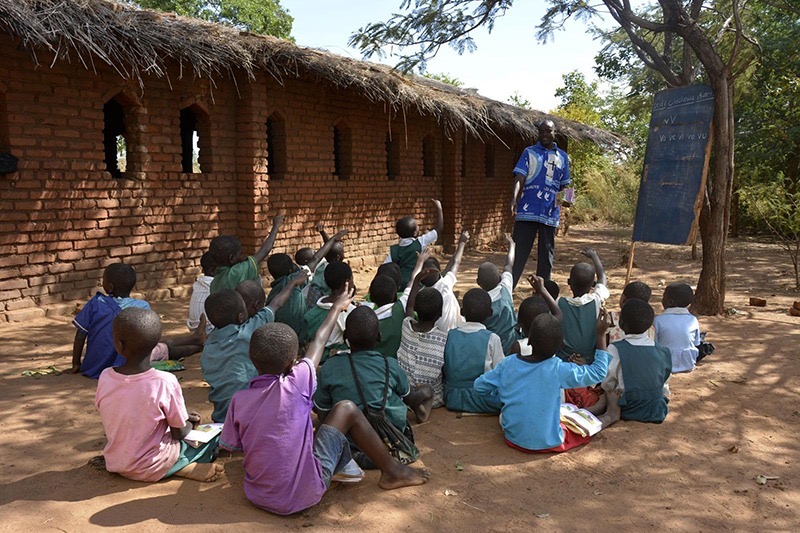By Cde Honest Vhura Hombe
In 2025, Zimbabwean children are attending school in tobacco barns, fowl runs, and open fields — not as part of some rural heritage tour, but as the everyday reality of public education.
A joint report by Parliament’s Portfolio Committee on Primary and Secondary Education and the Thematic Committee on Gender and Development has unveiled what can only be described as a national scandal: Early Childhood Development (ECD) learners at Tore Primary School are being taught in a fowl run.
At Herbert Chitepo Primary School in Zvimba, over 1,000 pupils are packed into abandoned tobacco grading sheds.
On the other hand, at Chimedza Primary, classes take place under the clouds — open-air learning at its most tragic.
This is not the script of a dystopian satire.
This is Zimbabwe in 2025, where livestock get better shelter than learners.
It would almost be laughable if it weren’t so devastating.
Zimbabwe’s constitution promises access to basic education for all.
However, from Gwanda to Bubi, what exists on paper has been papered over by neglect.
In Bubi district, children walk up to 16 kilometres one way to school — essentially a full marathon every two days.
By the time these learners sit down — if there’s anywhere to sit at all — they are physically and mentally spent.
Try learning your vowels after walking from sunrise to mid-morning — through dust, bush, and sometimes dodging illegal miners and wild animals.
In the same vein, if by some miracle the learner arrives, they’re likely to find themselves in a class of 70 others, fighting for the attention of one overworked teacher — if that teacher even exists.
The education sector’s teacher-pupil ratio has reached alarming levels, mirroring the volatility of the parallel exchange rate between the US dollar and the ZiG — both seemingly defying logical explanation.
Urban schools are no better.
“Hot-sitting” has become a new norm — where half the students come in the morning and the other half in the afternoon, not because of innovation, but because there aren’t enough classrooms to accommodate them.
For children with disabilities, this system is especially cruel.
The government’s official silence is deafening.
While millions of US$ are poured into presidential boreholes, pointless rallies, and armored cars, fowl runs have become Zimbabwe’s contribution to 21st-century pedagogy.
Obert Masaraure, president of the Amalgamated Rural Teachers Union of Zimbabwe (ARTUZ), criticized the government for what he described as hostile and barbaric neglect of education, urging national action to demand a system that is accessible, inclusive, and adequately resourced.
“The government has acted with shocking barbarism, refusing to fully engage with progressive citizens who seek to promote Zimbabwe’s education.”
“Government has displayed some serious hostility against all progressive efforts to improve education,” said Masaraure.
Through ARTUZ’s #SaveOurEducationZw campaign, the union is calling for collective national action to demand a system that is “available, accessible, acceptable, and adaptable.”
Their demands are not extravagant: state-funded education, improved teacher welfare, and infrastructure that does not resemble poultry housing.
True patriots, we must ask ourselves: what kind of nation are we building when our children’s earliest memories of education are in structures designed for chickens?
In 2025, fowl runs and tobacco barns have become state-sanctioned classrooms.
The tragedy is not just the death of education — it’s actually the burial of the future.





